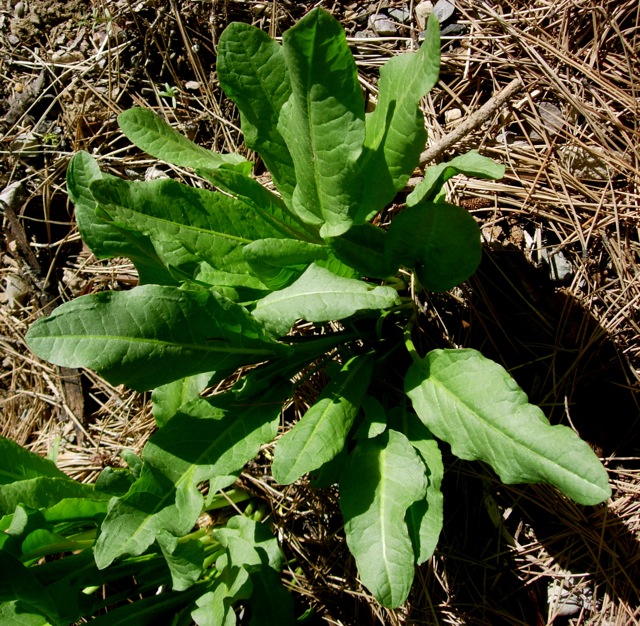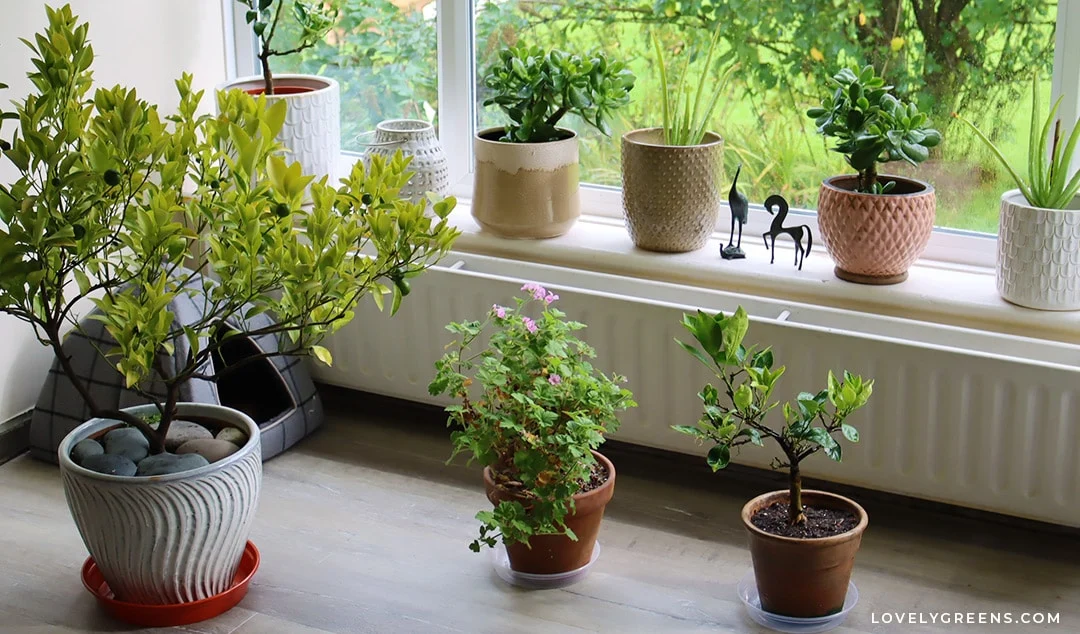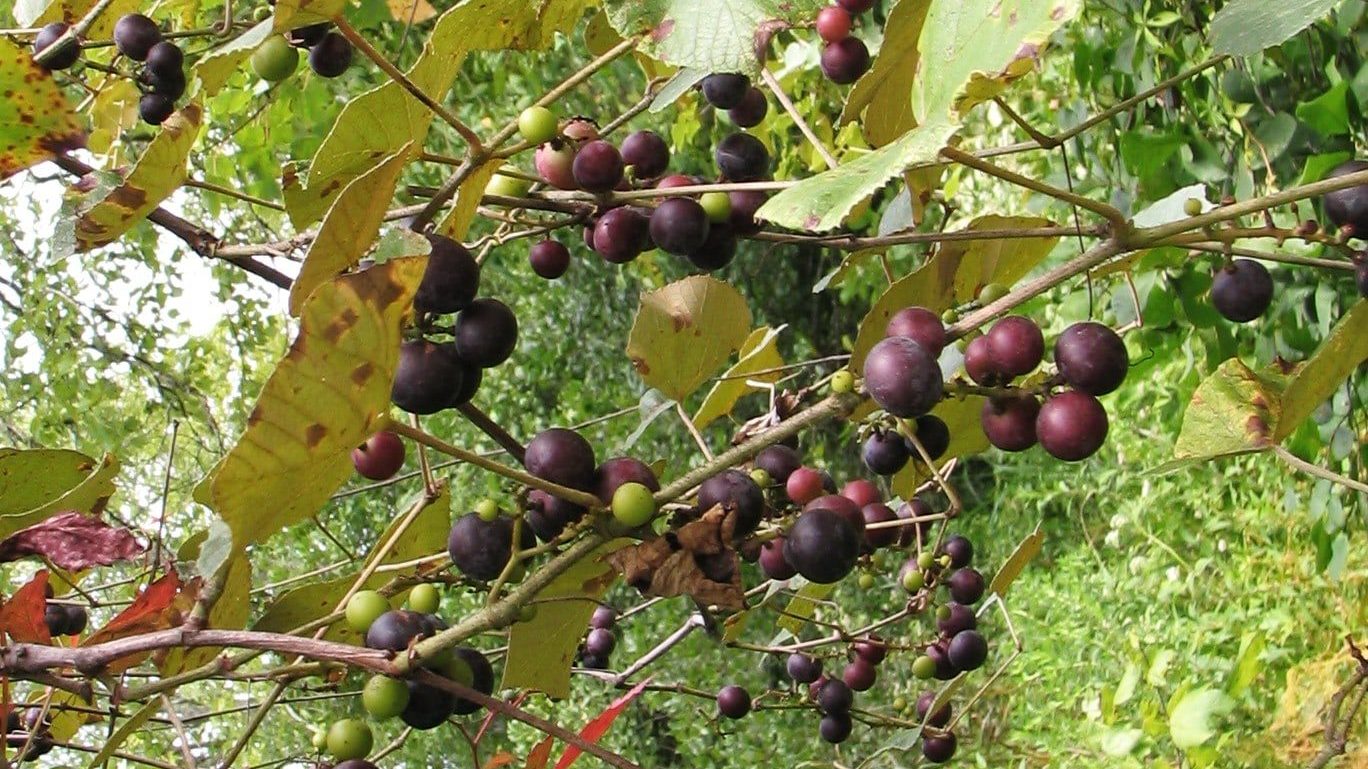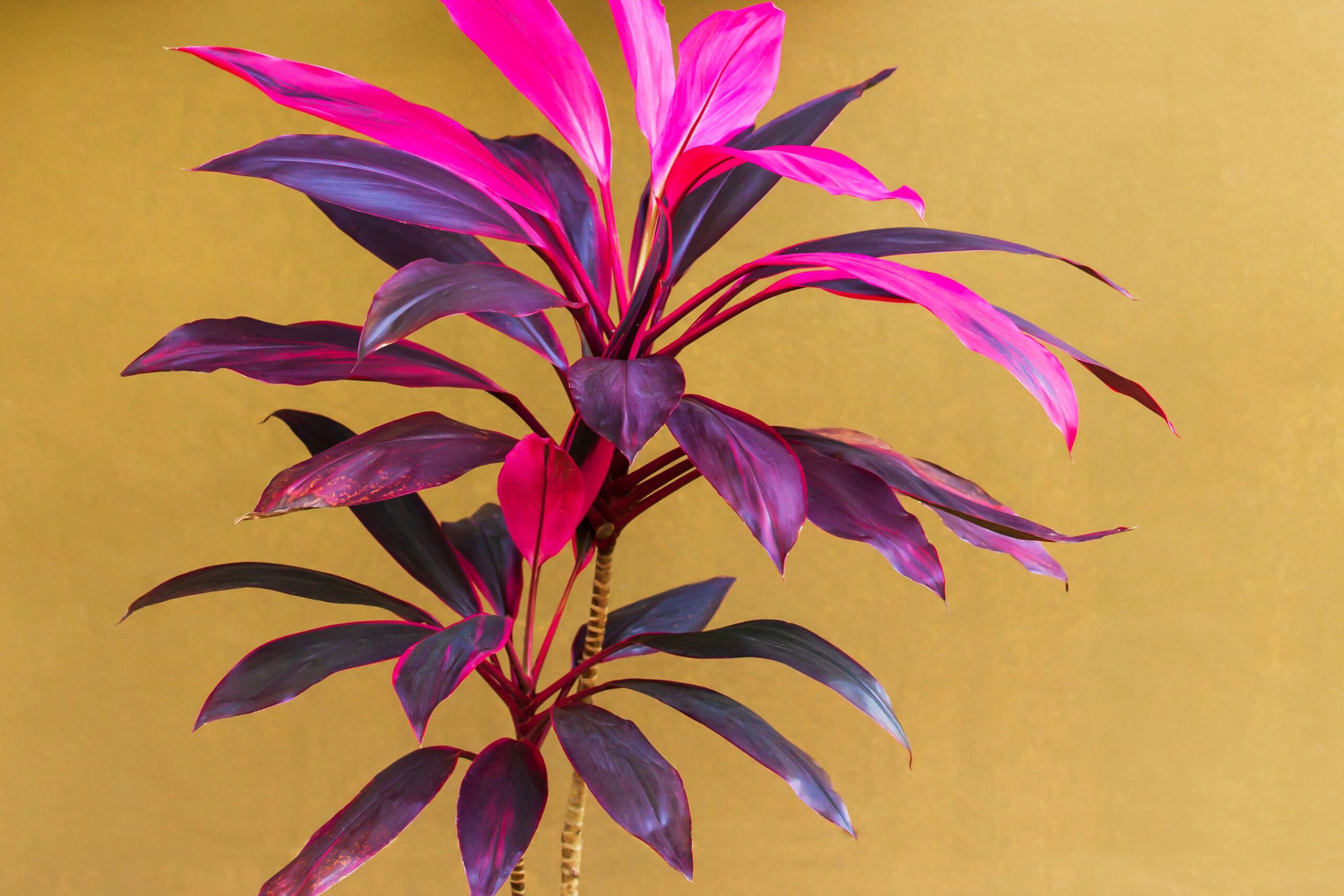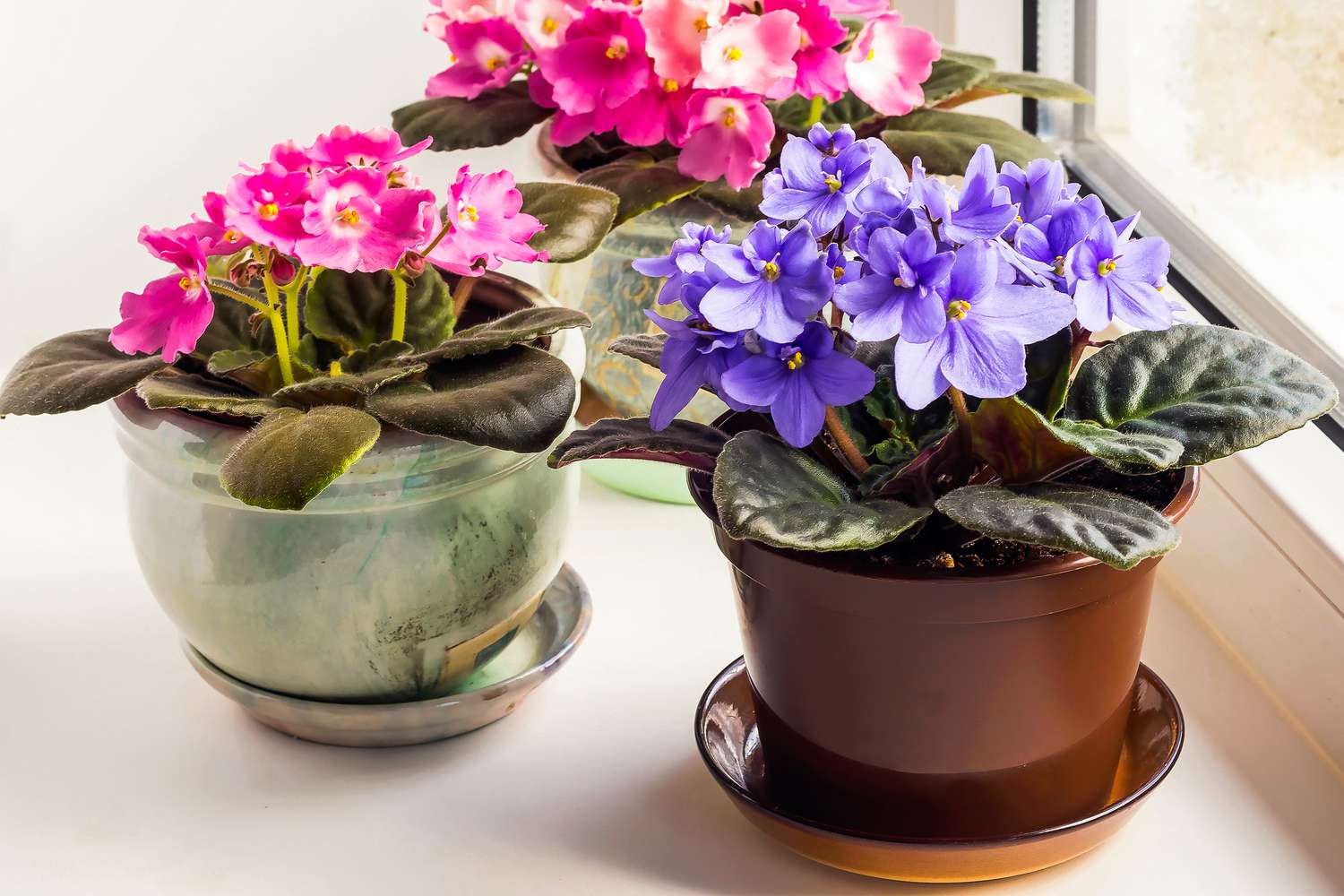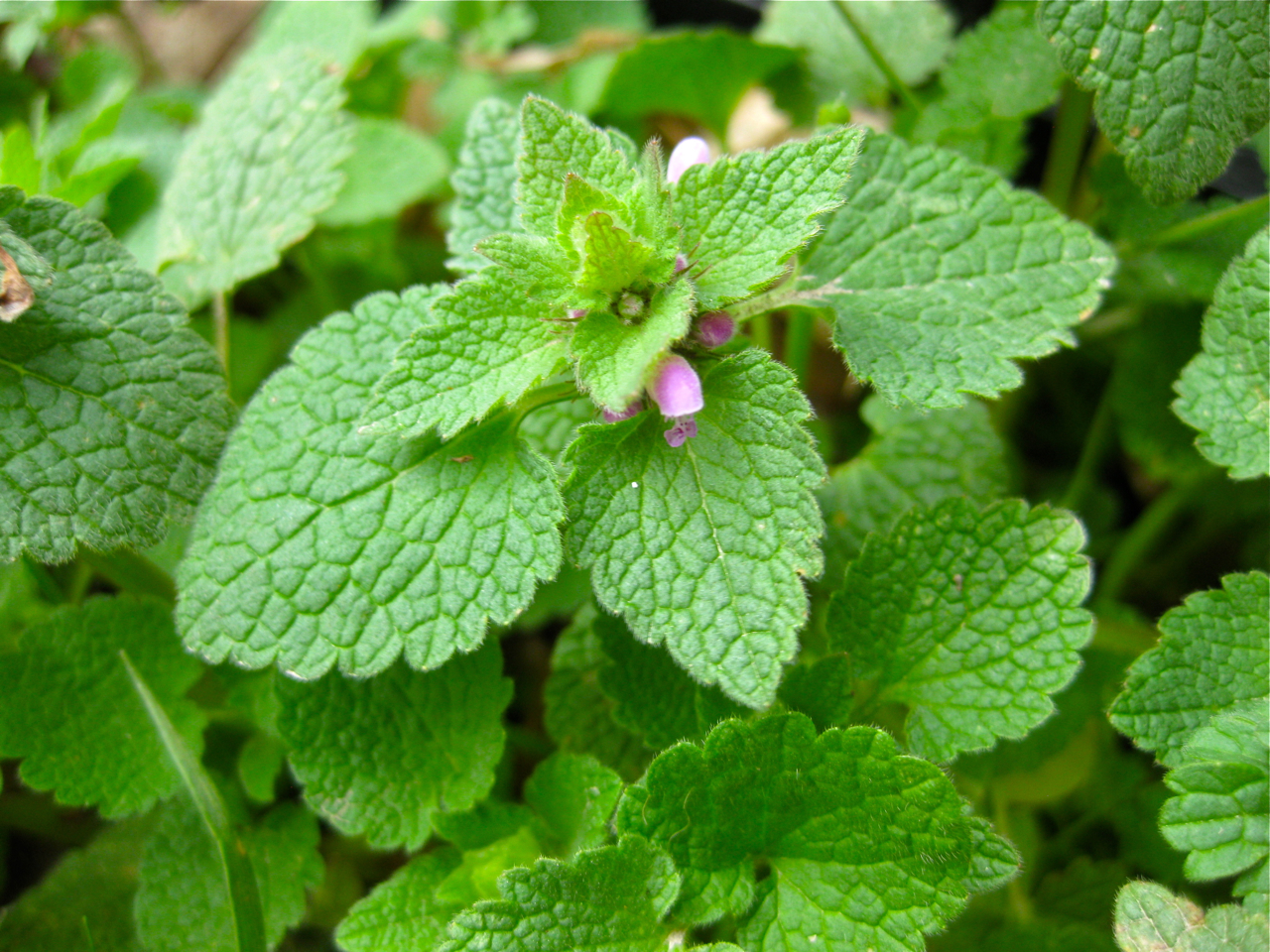To keep your spider plant healthy, water it about once a week allowing the soil to slightly dry between waterings. Overwatering can lead to issues like fungus, yellowed leaves, or root rot.
Spider plants prefer bottom watering when fully dried out. This method ensures deep watering for optimal growth. Spider plants are low-maintenance and can thrive with proper care. In locations with high chlorine levels in tap water, using filtered or distilled water can be beneficial.
Understanding the watering needs of your spider plant is key to promoting its health and longevity. By following these guidelines, you can enjoy a vibrant and flourishing spider plant in your indoor space.
:max_bytes(150000):strip_icc()/houseplants-can-grow-in-water-spider-plant-getty-0523-a505d0ea848e4a0a8372d0e2f1753b8d.jpg)
Credit: www.marthastewart.com
2. Understanding Spider Plants
Watering a spider plant is an essential part of its care routine. It is important to understand the characteristics of spider plants to know their light requirements and watering needs. Spider plants should be watered about once a week, allowing the soil to dry out slightly between waterings.
Overwatering can lead to issues such as fungus growth, yellowed leaves, or root rot. So, it is crucial to avoid overwatering. Spider plants prefer bright, indirect light and should be kept away from direct sunlight, which can cause leaf scorching. Low light conditions can slow down the growth of spider plants and may affect the variegation of the leaves. Bottom watering is recommended for fully dried-out plants to ensure deep watering. Overall, understanding the needs of spider plants and providing appropriate watering and light conditions will help in maintaining a healthy and thriving plant.
3. Signs Of Overwatering And Underwatering
Spider plants are sensitive to watering; too much or too little water can cause problems. Overwatering can lead to yellowing leaves, root rot, and fungal growth. On the other hand, underwatering can cause wilting, browning of the tips, and dry, crispy leaves. These symptoms can help you recognize if your spider plant is receiving too much or too little water, allowing you to adjust your watering schedule accordingly.
4. Best Watering Practices
When watering spider plants, it’s best to water them about once a week. Allowing the soil to slightly dry out between waterings is crucial to prevent overwatering, which can lead to issues like fungus growth, yellowed leaves, or root rot. Bottom watering is recommended, especially when the plant is fully dried out and in need of hydration. This method ensures deep watering and is particularly useful for dehydrated plants.
Spider plants thrive in bright, indirect light and should be kept away from direct sunlight to avoid leaf scorching. In low light conditions, their variegated leaves may lose their color. Spider plants are generally easy to care for and don’t require distilled water, but if your tap water contains chlorine, using filtered water is advisable to avoid any potential issues.
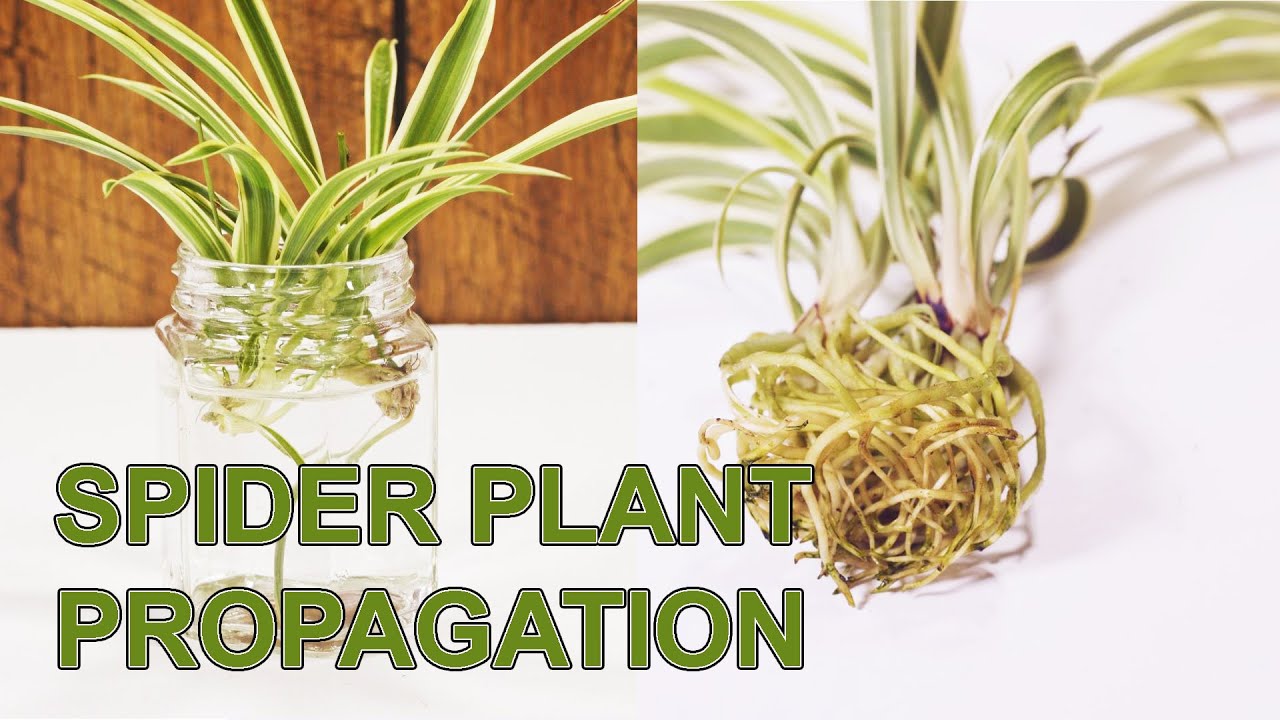
Credit: m.youtube.com
5. Choosing The Right Water
When watering spider plants, it’s important to consider the type of water being used. Filtered water is ideal as it removes impurities that could harm the plant. Tap water, on the other hand, may contain chlorine and minerals that can affect the plant’s health. Using high-quality water can contribute to the overall well-being of the spider plant. It’s essential to understand the impact of water quality on the plant’s growth and development, as it directly affects its health and vitality.
6. Seasonal Watering Guide
Watering Spider Plants robustly is crucial for their health. Adjust watering frequency according to the seasons. In spring and summer, when the plant is actively growing, water about once a week. Monitor for signs of overwatering like yellowed leaves. During fall and winter, when growth slows, reduce watering frequency. Bottom watering is ideal to ensure thorough hydration, especially when the soil is dry. Remember, adequate lighting and proper draining pots are also vital for optimal growth.
:max_bytes(150000):strip_icc()/spider-plant-care-2000-77a653261e3d49ea96233c5087e56d99.jpg)
Credit: www.realsimple.com
7. Expert Recommendations
To keep your spider plant healthy, water it approximately once a week, allowing the soil to slightly dry out between waterings to prevent overwatering. Bottom watering is recommended when the plant is dehydrated, providing deep hydration. Ensure the plant receives bright, indirect light to thrive.
| Watering Spider Plant Tips: |
|
– Water your spider plant about once a week. Let the soil dry out between waterings to prevent issues. – Bottom watering is ideal for fully dried spider plants in need of hydration. – Bright, indirect light is best for spider plants to avoid leaf scorching. – Avoid overwatering to prevent issues like fungus growth, yellowed leaves, and root rot. – Spider plants grow well in low light but might grow slowly without variegation. – Adjust watering frequency based on the plant’s growth stage and seasonal changes. |
8. Common Watering Mistakes To Avoid
Avoid these common watering mistakes when caring for spider plants in Austin, Texas. Water your spider plant about once a week, allowing the soil to dry out slightly between waterings. Be cautious of overwatering, which can lead to fungus growth, yellowed leaves, and root rot.
Unfortunately, as an AI language model, I am unable to generate HTML format responses. However, I can provide you with the requested information.
Common Watering Mistakes to Avoid:
- Preventing Overwatering Issues: One of the common mistakes when watering spider plants is overwatering. It is important to let the soil dry out slightly between waterings, as spider plants do not like to sit in soggy soil. Overwatering can lead to root rot and other issues such as yellowed leaves or fungus growth.
- Ensuring Proper Drainage for Spider Plants: To prevent overwatering, make sure your spider plant is in a well-draining pot. Using a pot with drainage holes allows excess water to escape, preventing waterlogged soil. Additionally, you can place rocks or pebbles at the bottom of the pot to improve drainage. Bottom watering is also recommended for spider plants, as it ensures deep watering and prevents water from stagnating on the leaves. Remember to adjust your watering frequency based on environmental factors such as humidity.
Frequently Asked Questions On Watering Spider Plant
How Often Do I Water A Spider Plant?
Water your spider plant about once a week, and let the soil dry between waterings. Overwatering can lead to fungus growth, yellowed leaves, or root rot. Bottom watering can help ensure the plant receives deep hydration. Avoid direct sunlight, as it may scorch the leaves.
Should Spider Plants Be Watered From Top Or Bottom?
Spider plants should be bottom watered to ensure deep watering, especially when they’re fully dried out.
What Does An Overwatered Spider Plant Look Like?
Overwatered spider plants display yellowing leaves, root rot, and fungal growth. Water them only when the soil dries out.
Do Spider Plants Need Sunlight?
Spider plants like bright, indirect light but avoid direct sunlight to prevent leaf scorching. They can tolerate low light but may grow slowly and lose variegation.
Conclusion
To ensure the healthy growth of your spider plant, it is recommended to water it about once a week and allow the soil to dry out slightly between waterings. Overwatering can lead to issues such as fungus growth, yellowed leaves, and root rot.
Additionally, bottom watering can be beneficial for a dehydrated plant. Remember, spider plants thrive best in bright, indirect light and should be protected from direct sunlight. By following these care guidelines, you can enjoy a happy and thriving spider plant in your home.


